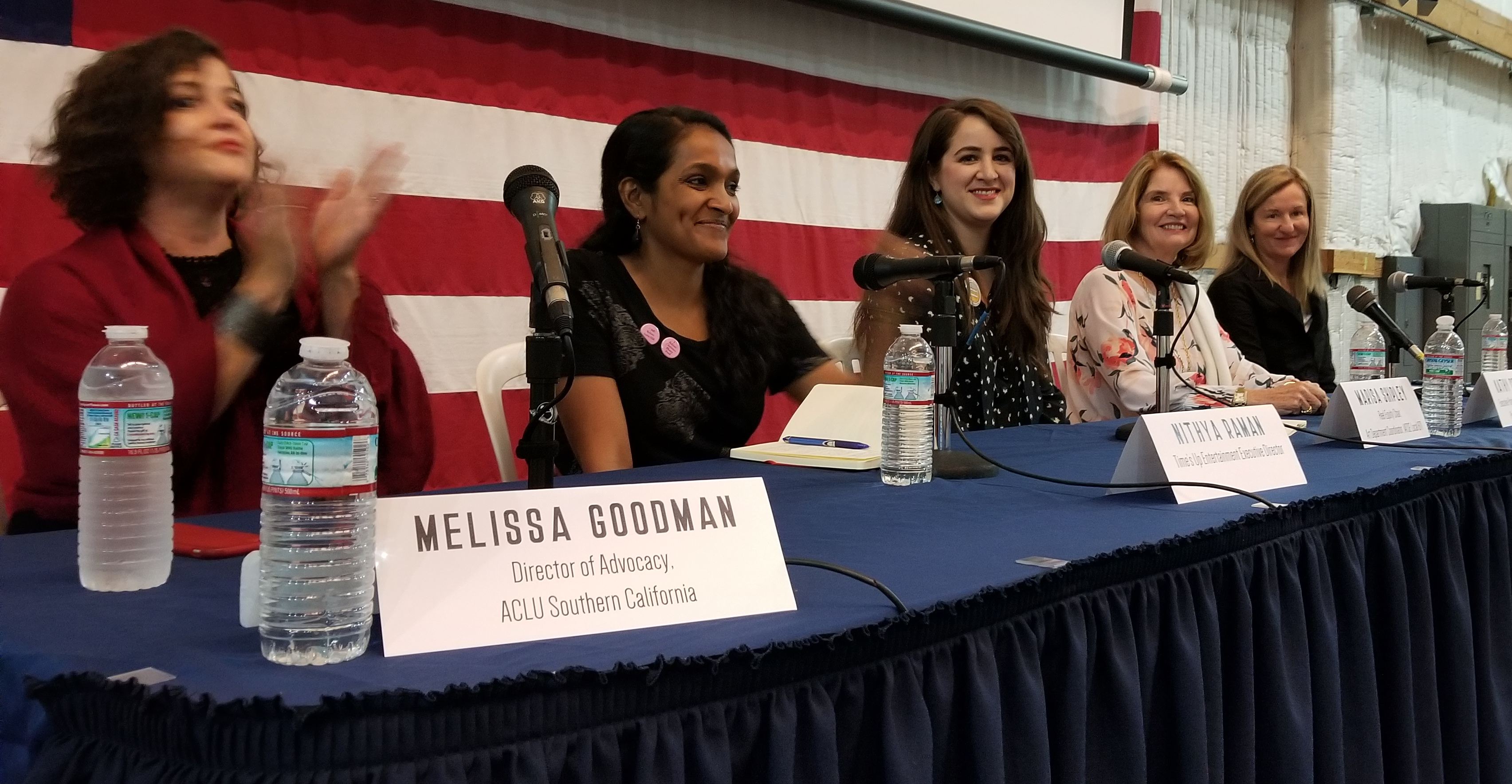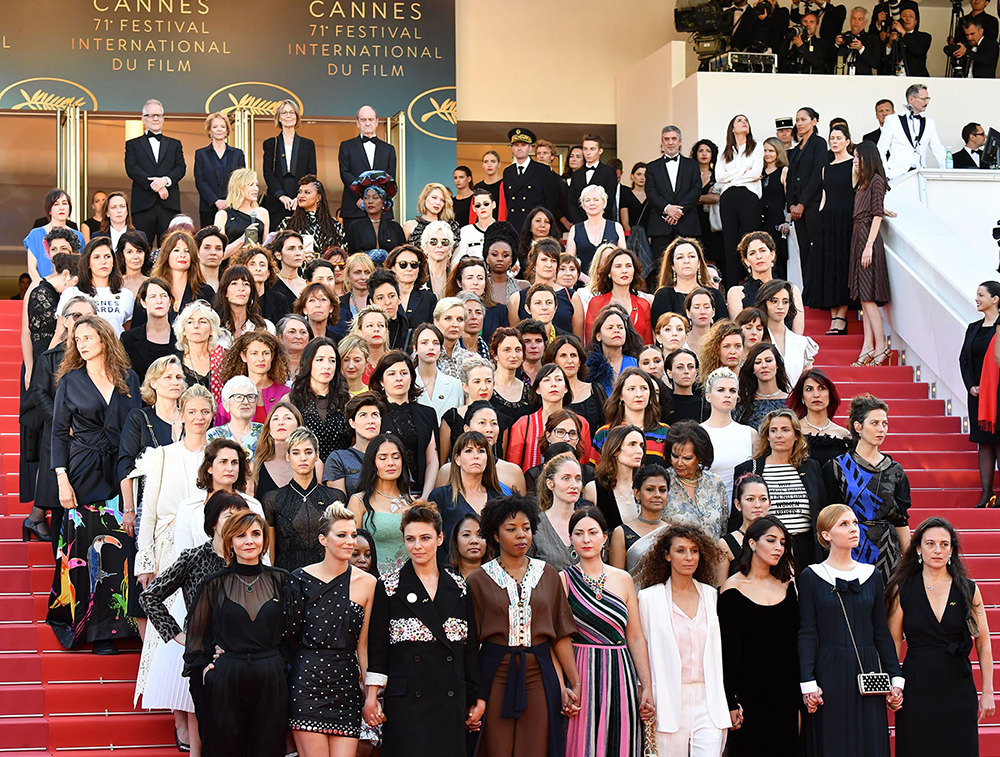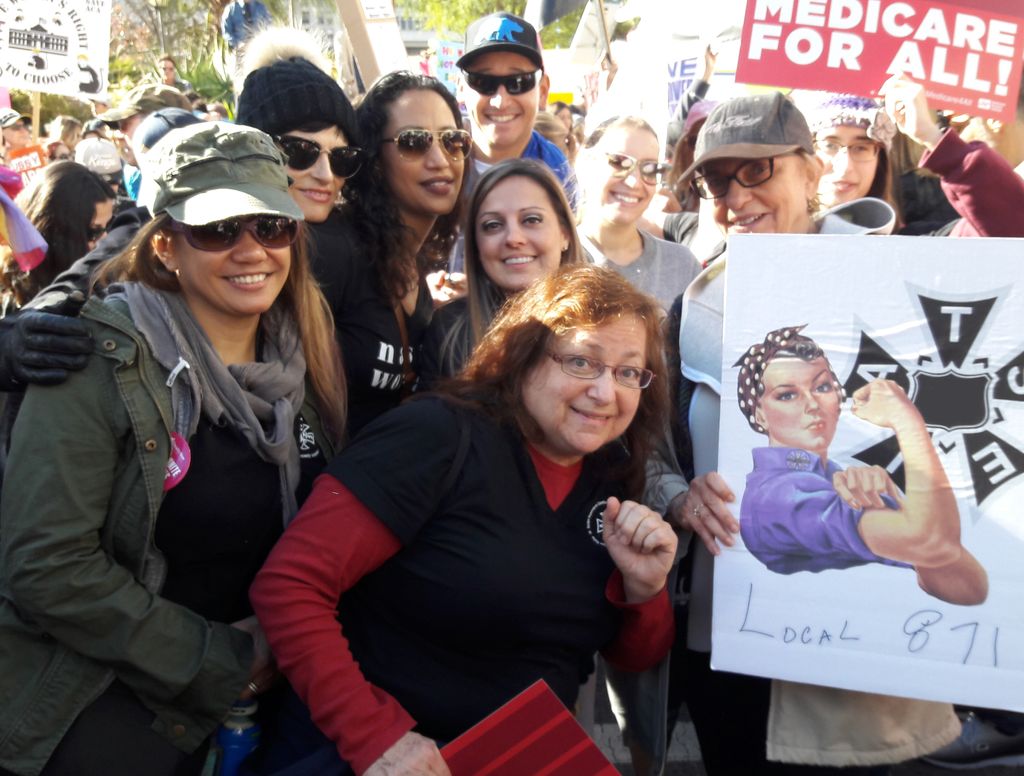5 film collectives focused on ensuring equal pay, opportunities for women
Women and non-binary workers in the film industry experience discrimination across the board. Thus, film collectives that push for equal rights for women are of paramount importance in today’s climate.
In fact, women with behind-the-scenes roles are commonly discriminated against in their pay. Between the highest-paid actors and actresses in 2017, women made an average of $21.8 million.
While, on the other hand, men made $57.4 million. As a result, top female actors are earning only 38 percent as much as their male counterparts.

In more general statistics, women make 82 cents for every dollar men are paid. In fact, Black women make 62 cents, Native American women 57 cents, and Latinx women earn 54 cents. That’s close to a million dollars lost over the course of one career for women of color.
Consequently, women in minority and underrepresented groups suffer even bigger consequences. With the clear inequality in the film industry, let’s focus on women collectives that are fighting to make a difference.

Pro Quote Film
But, fair play in the film industry also has to do with being hired more frequently. Not to mention, feeling safe at work.
Thus, inclusion and equity are the twin axes of equal pay. Plus, a handful of culture-shifting institutions are taking a firm stand.
Pro Quote Film is one such organization. This German non-profit is among the most engaged in direct action against the wage gap in film.

Founded by an association of women directors, the organization cites the presence of women in key creative industry roles. Their main motive is for waging a labor dispute.
In their commitment to “fair participation” they’re demanding equal and diverse hiring practices. This is done, in part, by introducing quotas into hiring at all levels – from set work to funding committees.
Pro Quote Film has found success in partnering with Germany’s national Film Funding Agency, as well as the German Cultural Council. Through them, Pro Quote Film is advocating for direct action through gender monitoring.
Gender monitoring mandates the regular publication of gender distribution reports surrounding hiring practices.

The organization also seeks to treat the problem at the source. Intervening on the hyper-sexualized or demeaning depictions of women in media content helps mitigate violent stereotypes about women.
Reasonably, supporting the creative endeavors of female directors who seek to reclaim their own narratives also aids in this project.
Women in Film
A resource for film creatives themselves, Women in Film is a champion of diversity and inclusion efforts in the industry.
The organization’s commitment to uplifting women is manifest in a variety of programs that have cultural change at their core.

Together, they target industry hiring practices with initiatives like “Hire Her Back” which seeks to remedy the disproportionate impact of COVID-19 on the employment of women and people of color by highlighting the work of extraordinarily talented individuals.
Moreover, ReFrame is a collaborative project between Women in Film and Sundance Institute, engaging with senior decision-makers at over 50 companies.
And, in an effort to mitigate bias in creative decision-making and hiring processes, the ReFrame initiative provides companies with a practical framework to consult on how individuals in these powerful seats can enact change.
And it is one of several film collectives focusing on providing a woman with the same opportunities that men get.

Women in Film is one of the film collectives providing opportunities for women in the film industry. It also seeks to provide filmmakers through their WIF Writing Labs, and INSIGHT programs. The labs equip filmmakers with the knowledge they need to effectively grow and sustain their careers.
INSIGHT specifically aims to help women of color get a foothold in an industry that is often hostile towards them. Thus, this is intended to expand the pipeline of access to filmmakers with intersectional identities.
Time’s Up
Perhaps the most celebrated in the media is Time’s Up, founded by more than 300 women in entertainment to curtail harassment and discrimination directed towards women in film.

“Times Up, Pay Up,” seeks to inform the national conversation on hiring practices by encourages companies to take direct action.
The project tackles the three main factors of explicit discrimination, overrepresentation in low-wage jobs, and the greater burden of caregiving responsibilities. According to their research, Black women are particularly vulnerable to unsafe environments.
One in four Black women reported someone at work saying or implying that they don’t work as hard because of their gender, race, or caregiving responsibilities.

In the “4 Percent Challenge,” Time’s Up encourages industry members to commit to a feature film project with female directors.
This came after research by the USC Annenberg Inclusion Initiative found that only four percent of the top 1,200 studio films from 2007-2018 were directed by women.
Since the “4 Percent Challenge” has taken off, women produced more than twice as many top 100 films than in the previous year, higher than ever recorded.
The Center for the Study of Women in Television and Film
The Center for the Study of Women in Television and Film is unique on this list for its contributions as a research facility.
Founded by Dr. Lauzen over 20 years ago, the institution was among the first to conduct any serious research on women’s employment and representation at a time when the public discourse on the matter was limited to niche events or articles.

The Center is the longest-running and most comprehensive research institution on the matter of women’s representation in the industry.
The Celluloid Ceiling is entering its 21st year of data collection on women working on the top 100 to 500 grossing films. It’s a Man’s (Celluloid) World, presents data about women in film reviewing within an industry where men outnumber them 2:1.
Studies by the Center frequently appear in publications like Variety and Time, helping the research shift cultural consciousness.
Most recently, studies on the record number of female directors in big Hollywood films, or the rise of Latina speaking roles while representation of women across the board dips, have made headlines in the media.

In the past, the Center has also engaged in advocacy efforts with the Guerilla Girls. An art collective that famously calls attention to gender inequity in every field, Guerilla Girls focused in on women in film.
The campaign included factual, comical, and arresting visuals in the form of stickers and later billboards that called attention to women in the film industry specifically.
Reel Equity
Reel Equity by Local871 made waves when it penned an open letter to the film industry calling for action.

A filmmakers union, Local871 demanded equitable pay after a 2018 study on its members revealed incredible disparity across gender lines.
The study concluded that extensive histories of gender segregation and stereotyping affect available work opportunities.
Even when hired, positions filled by women are paid thousands of dollars less a week than their male counterparts. Holding the industry to California and federal law, the initiative pushed for those in power to assume responsibility for correcting inequities.
The letter also notes that the economic insecurity of women makes it harder for them to leave toxic work environments.
Reel Equity suggests industry officials commit to a comprehensive study of gender disparity in wages and apply an Equity Yardstick.
Talent and directors are encouraged to use their privileged positions on set to request Equity Riders that commit productions to pay equity.
Collectives for women in film do more than fight for equality
Though the film industry has a long way to go, these initiatives have moved us closer towards equity in the last few years than ever before.
These film collectives not only focus on fair pay and opportunities for women, but also on reshaping the discourse around gender in film.
As women continue to carve out space for themselves in film and TV, audiences can support them through collectives like those listed above.


